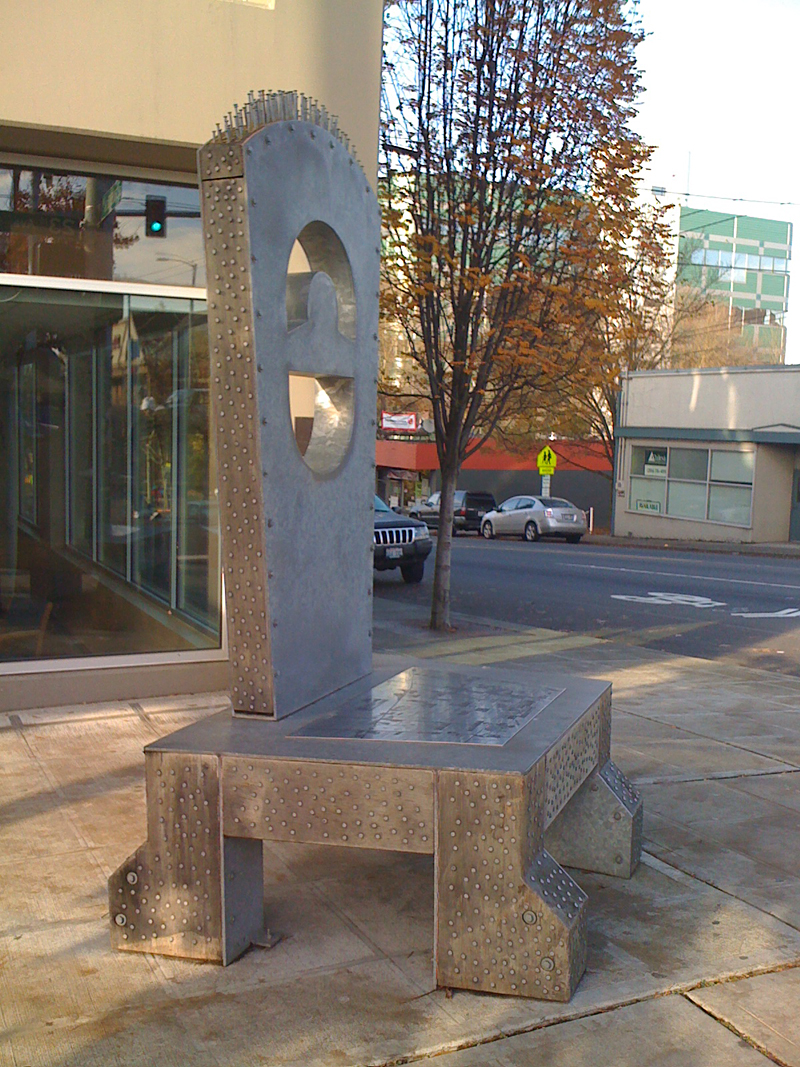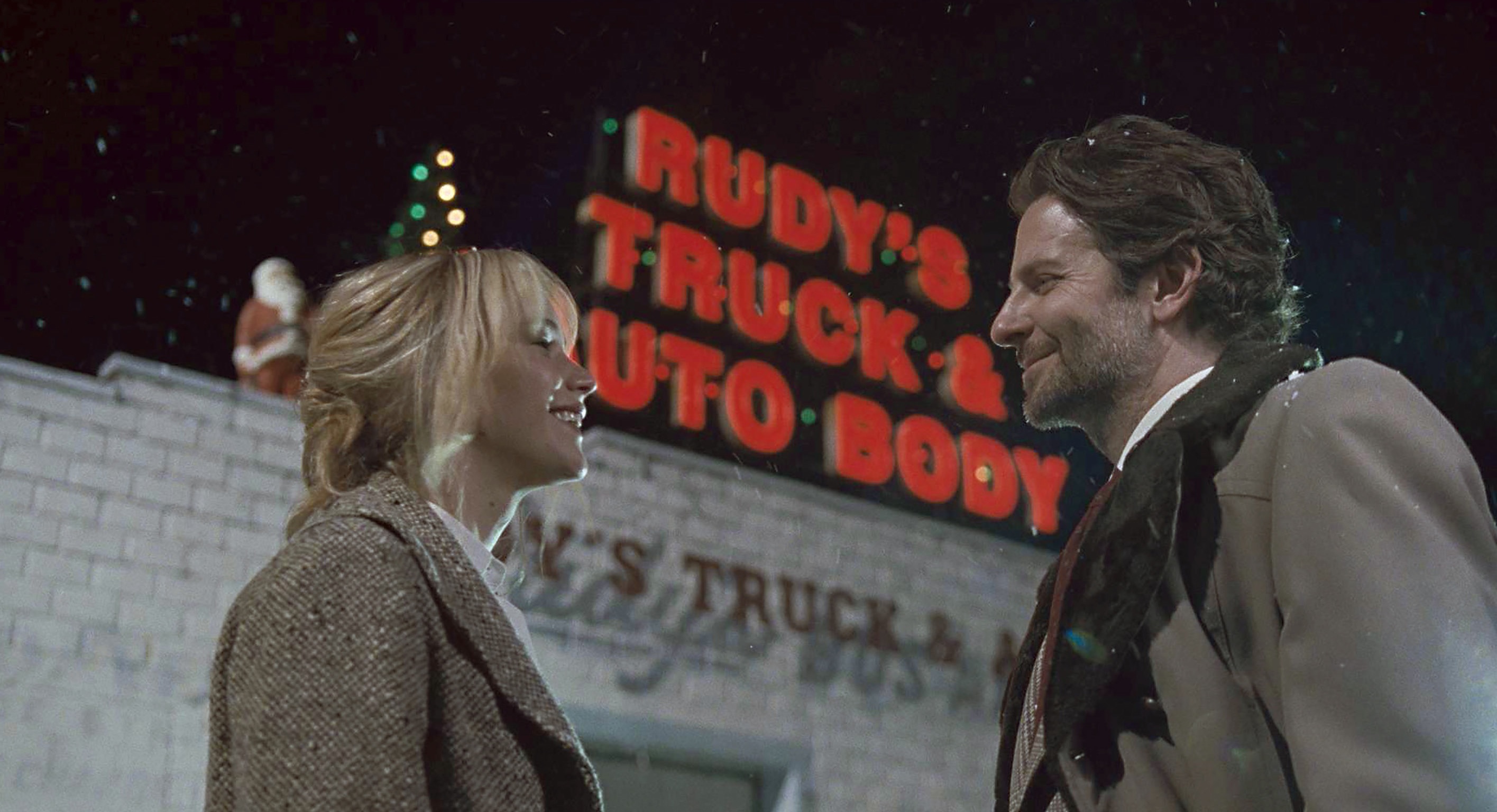Pedaling up Jackson, I never make the light at 23rd, which has given me many occasions to examine Talking Chair, commissioned by the Central Area Development Association in 2004. Frank Video‘s outdoor sculpture helps explain the mixed-use Welch Plaza complex, named for the family-run hardware store that once stood there. The oversized throne, topped with galvanized nails, bears a map of the CD on its seat, so you can pick out your exact location. It’s more for study than navigation or sitting (there’s a bus stop nearby), and its legend bears all sorts of census facts, some of them dismaying. Housing values rise and fall; intact families become less common; incomes shift from working-class to hardly working. These are the changes to the hood during the hardware store’s lifespan (1946–98), a period when the city became far more diverse but also more concentrated in its pockets of poverty and disenfranchisement. In the old days, says Talking Chair, “More than a place to shop, the store functioned as a favorite community gathering spot where customers could cash checks, visit old friends, and make new acquaintances.” Thus the chair is an historical marker of sorts, almost a tombstone. It commemorates what’s been (mostly) lost, the map studded with icons of the past. But, really, are things so bad? Part of the CD’s very resurgence, Talking Chair contradicts itself. Welch Plaza is a success—some of its apartments were converted to condos before the 2008 bust. Real-estate values may be down, but the vacant lots are gone and the intersection is full of retailers serving both new immigrants and longtime CD residents. The nostalgia feels out of place, the artwork misdirected. In fact, if you sit in it, facing northeast, there’s a Starbucks where people still meet and talk. Only they can’t order galvanized nails with their coffee.
The Fussy Eye: Chair of Nails
A tombstone for the CD.








